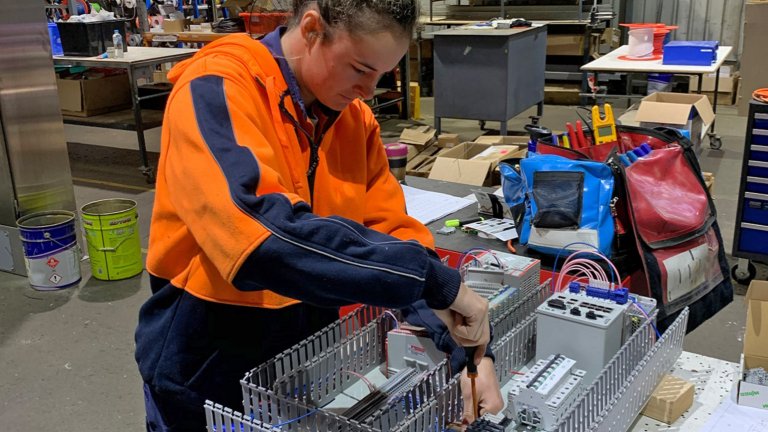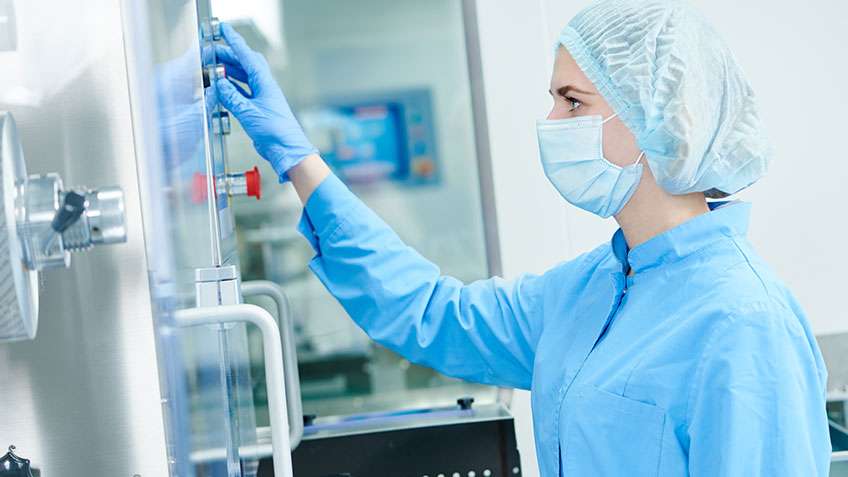When it comes to embracing Industry 4.0, integration between departments is key. While new technology can bring data and systems together, getting your people to communicate/collaborate is just as important – and absolutely essential if you want to gain the maximum return on investment. To do so, it’s best to consider the four pillars of collaborative working.
1. People. Winning hearts and minds is the first step to ensuring collaborative behaviour.
2. Processes. Next, you need to strip back and re-build all the associated processes, by keeping the good, binning the bad, and adding the best.
3. Facilities. Then, you need to assess how well your factory/workplace environments enable people to work together.
4. Technology. Finally, you need to consider how you can harness digital, every step of the way. Think dashboards, performance measurements, and turning data from boring to brilliant.
How Can You Engage Your Workforce?
To successfully adopt new technology, you need to cultivate a new way of doing things. A new culture. And a new mindset. For example, consider this – a new piece of supply chain software that improves the ordering process. While back-office staff might already have the right mindset to dealing with changing technologies, it can be a challenge to get the wider workforce to adapt. People become used to – and almost fond of – particular types of software and ways of doing things, after all.
So, when you do find yourself in this position, the questions you should be asking are: how can you get people onboard with new ways of working? How can you engage people, so they’re not only up to speed with using the new tech, but excited to do so? How will you get them to realise that this new technology will make their lives easier? Furthermore – with many of us suffering digital fatigue at the moment…
How Can You Engage People with Yet Another Form of Technology?
The answer is: with the right kind of coaching. People need to be onboarded with complex, exciting tech in a way that makes it easy to use and get behind. Because technology is only as valuable as the people using it. When coaching your workforce, you need to consider ‘skill’ and ‘will’. While ‘skill’ covers technical and professional competencies, ‘will’ covers behaviours, attitudes, culture, leadership, collaboration, and resilience.
If you want your workforce to buy into a new initiative, you need to lead from the front. This might require coaching leaders on how to deal with changes regarding flexible manufacturing. Once empowered with knowledge, they can cascade what they’ve learned down and throughout their teams. When your leaders know they’re supported by the likes of Kalypso or Arup, they can feel confident in the new technology and processes.
Communicating the employee and customer benefits is also key. If you’re asking your workforce to buy into something, they need to know that it’s going to make their lives easier or better – and the customer offering more relevant or cost-efficient. When you have everyone’s buy-in, your processes will run smoother, your employees will be happier with the changes you’ve put in place, and everyone will be using your technology to the best advantage.
What’s Next?
When you have the capabilities to rapidly adapt your offering and adjust your manufacturing operations, you can:
- Shorten timeframes and increase proactivity.
- Synchronise information across systems and across the product lifecycle.
- Understand how customers are using products in real time (like when Nike put sensors in its trainers, and BMW embedded SIM cards in its cars).
- Ensure better integration and collaboration between departments.
- Be proactive and stay one step ahead of the competition.
But if you don’t have the culture and the mindset – if you’re unable to win hearts and minds across your organisation – your efforts to effect change could fall flat on their face.
To adapt to changing market conditions – both short-term shocks and longer-term trends – you need to identify where potential barriers and bottlenecks exist. This requires a comprehensive review of every area that contributes to how you meet your market’s needs. Such a review will not only help you resolve frictions, but better allocate resources for ongoing improvement.
Want to hear more thoughts on people and technology in manufacturing? Listen to our Management Perspectives podcast.




